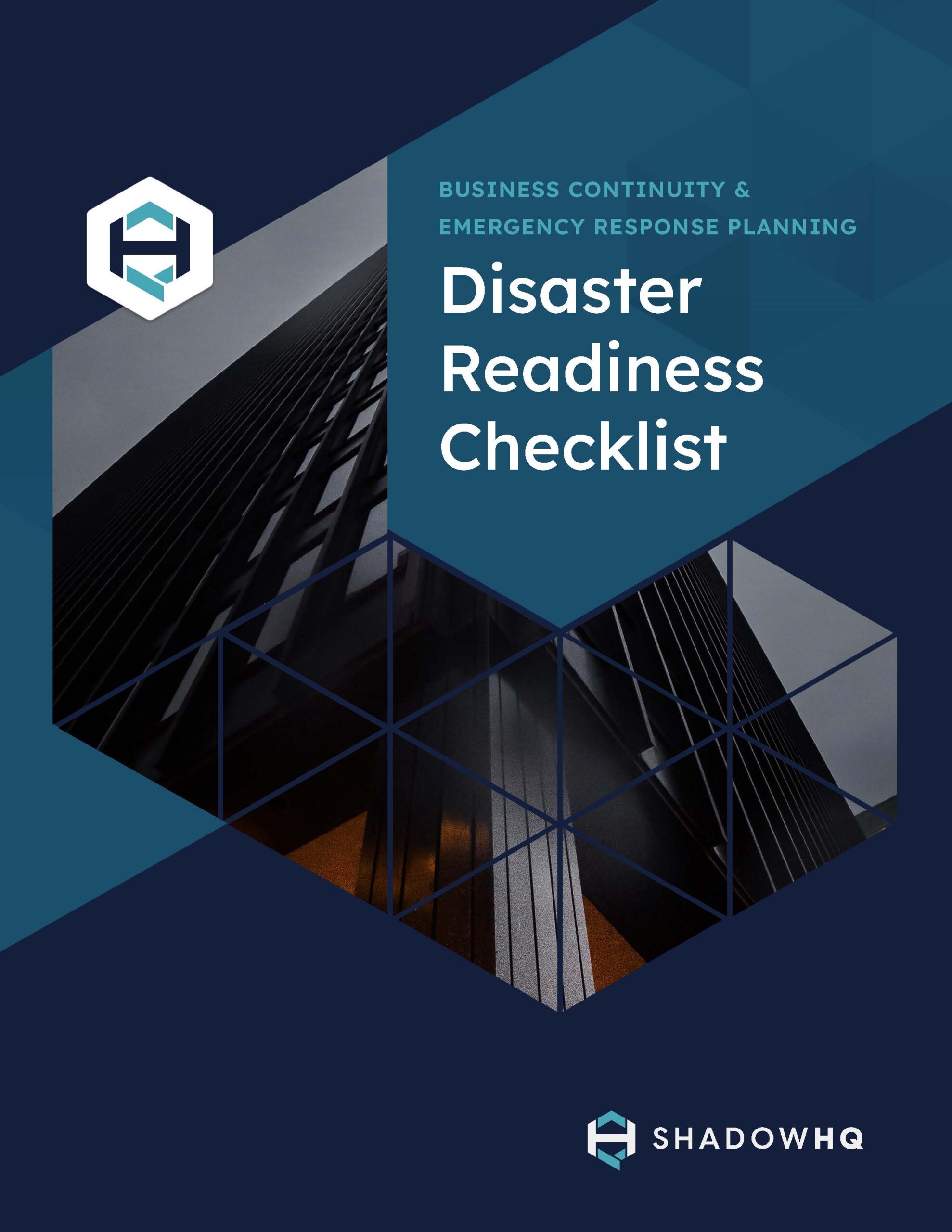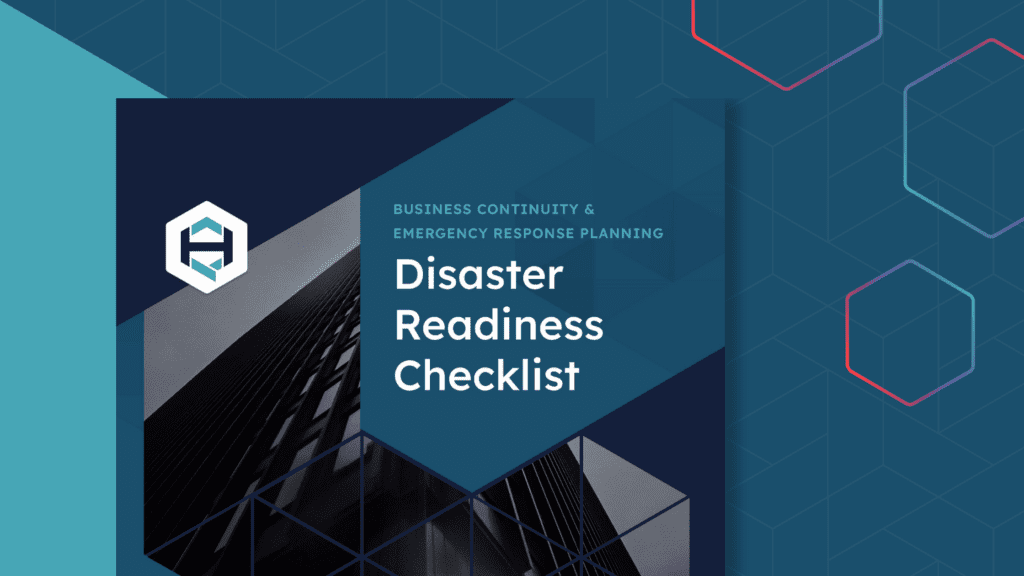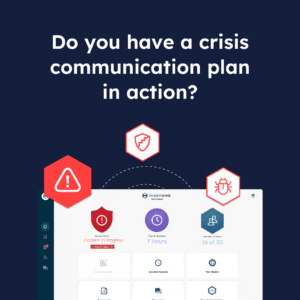Building a Business Case for Incident Preparedness Platforms and Processes

Resolving incidents quickly is critical for any organization, but it can take way too much time without the right incident preparedness program in place.
Organizations need the right platforms, people, and processes to rapidly recover from incidents, minimize damage, and return to normal operations.
Yet, building a business case for investing in incident preparedness can sometimes be challenging. Executive buy-in is important for budgeting and organizational optimization, but how do you create a compelling case?
Considering the average data breach 2023 cost US$4.45 million, rapidly responding to incidents is critical in minimizing the damage and costs of a potential breach.
Demonstrating this and other statistics, discussing market trends, and honing in on the business value are all necessary to earn C-suite buy-in. We’ll explore how you can build a compelling business case to help better respond to a range of incidents.
The Business Value of Incident Response Planning
The goal of a business case is to demonstrate the value of the given topic to the entire organization to earn C-suite investment. So, what value does incident response preparation bring to the organization?
Every organization will value the following items differently, but they all demonstrate how valuable incident response can be:
- Minimize operational disruptions: Every minute of downtime has an opportunity cost, depending on the scope of downtime and how it relates to business operations. Rapidly getting back up and running is often highly valuable.
- Protect assets and reduce costs: How much will a specific incident cost? For example, the sooner you can contain and eradicate a cyber attack, the better you can protect sensitive data from access or exfiltration.
- Enhance brand reputation: Reputation is everything, but some incidents can cause significant reputational harm if they result from negligence, internal error, or other internal problems. Responding adequately helps minimize or avoid damaging your reputation.
- Legal and compliance: Many industries and compliance standards need to follow specific guidelines for documentation and disclosures when facing incidents. Preparing ensures your teams stay within regulatory requirements while resolving the issue.
- Competitive advantage: How does incident preparedness give you an advantage? You’ll maintain compliance, avoid or minimize system downtime, and build trust by properly responding to incidents, giving you an edge over competitors.
Your business case needs to identify which aspects are most important to your organization to help demonstrate the necessity of investing in an effective solution.
Building a Business Case for the Incident Preparedness Costs
Incident preparedness is valuable and beneficial, but you must prove it to earn C-suite investments. How can you build a case for allocating time and resources for effective incident response planning? Let’s explore a few tactics to consider.
Demonstrate Current Needs and Challenges
Take a high-level perspective on the challenges facing your industry and business. What platforms and processes are needed to address these challenges?
For example, should the incident shut down your usual lines of communication, do you have a crisis communication plan in action? The challenge of communicating in a crisis showcases the need for an out-of-band communication platform.
Remember, while cyber incidents are becoming more common, they aren’t the only incidents you must prepare for. Natural disasters, supply chain shortages, and public health crises are all possible challenges demonstrating specific needs.
Discuss Market Trends
The data breach cost statistic we discussed above is a prime example of data and market trends you can use to support the business case for investing in incident preparedness platforms and processes.
What data is available about market trends in your industry? What are the common incidents being faced by your peers? Are your competitors investing in or planning to invest in incident response and leaving you behind?
You can also investigate the cost and reputation damage incurred by other companies that failed to adequately respond to a specific incident. Finding both positive and negative examples of incident preparedness will help strengthen your case.
Have an Implementation Plan Ready
The C-suite will likely need to know how long it will take for a fully implemented and ready incident response plan. How long will it take to go from an expense to a valuable company asset?
Develop a reasonable plan for initial deployment that makes sense for your industry, common types of incidents and provides benefits as soon as possible. From there, details show that the program will need to grow and evolve to set expectations for the future.
Make a Stronger Case with ShadowHQ
Incident readiness is necessary for any organization, regardless of industry. Mitigation strategies are the first line of defense, but what if they fail? Incident readiness is your second line of defense — ready to help stop the threat and ensure business continuity.
ShadowHQ is an industry-leading provider of out-of-band communications and document storage so your teams can effectively respond to any incident. Our platform gives your recovery teams a secure fortress to collaborate, communicate, and rapidly restore the business to normal operations.
Is secure crisis communications a worthwhile addition to your incident response business case? Schedule a demo today to see how our platform can support your business cases in any crisis.
(CISO Solutions Guide)
EWEBINAR
Experience the ShadowHQ platform
Walk through a cyber breach scenario in a 15 minute demo.

GUIDE DOWNLOAD
Disaster Readiness Checklist
When an emergency happens, every minute counts.

- Author: Nick Scozzaro
- Published on:
- Category: Blog
- Tags: Incident Preparedness


